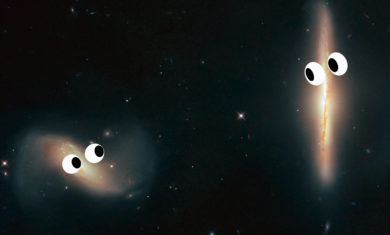Adler Skywatch: February 2024
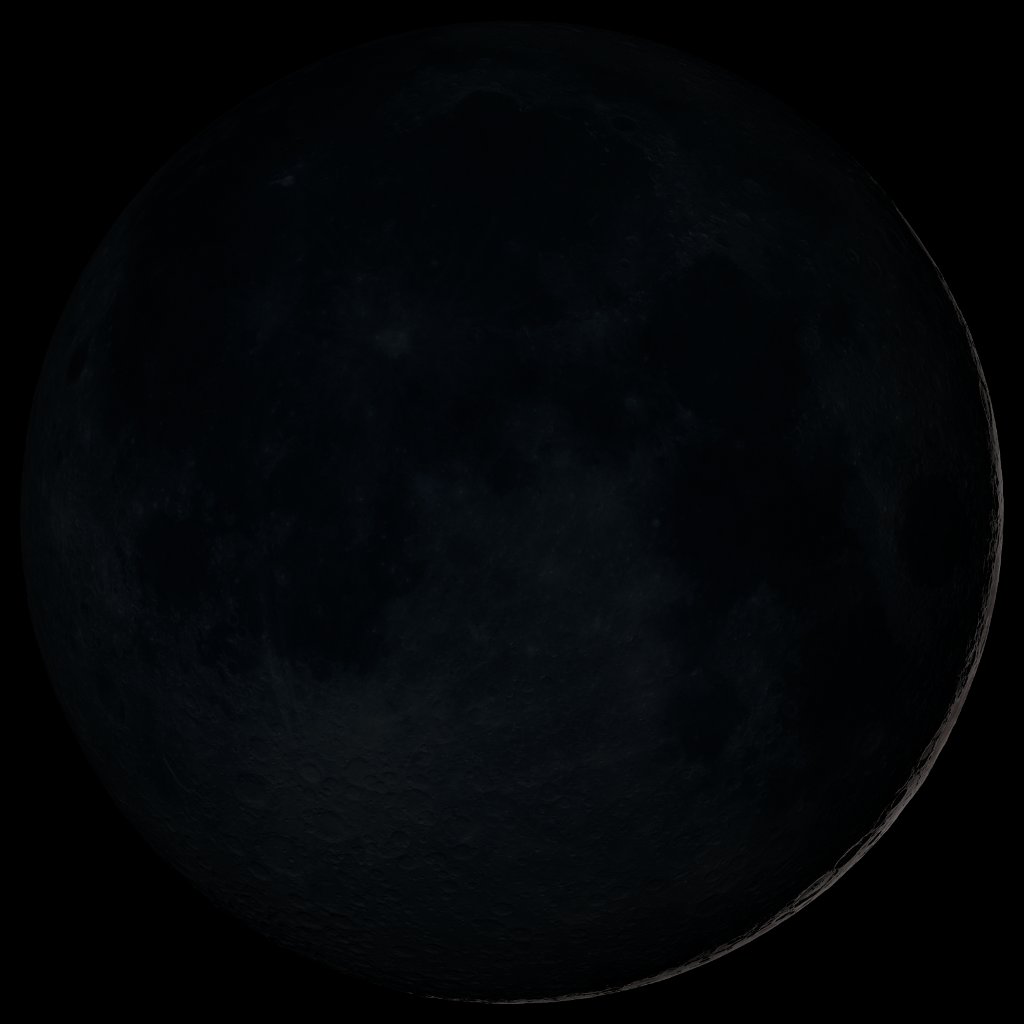
Header image: the traditional New Moon, the earliest visible waxing crescent, which signals the start of a new month in many lunar and lunisolar calendars. Image credit: NASA Goddard
When is a supermoon not-so-super? And why is 2024 a Leap Year? Learn all about it this month, February, 2024.
Not-So-Super Moon
Loosely defined, a supermoon happens when a full or new Moon is near perigee, or its closest point to Earth in its orbit. The next supermoon will be on February 9, but because it’s a new Moon, not a full Moon, the lunar disc will not be illuminated, making it virtually impossible to see. The new supermoon on February 9 will be roughly 224,000 miles away from Earth. By way of comparison, the average distance from Earth to the Moon is about 239,000 miles.
March’s new Moon will also be considered a supermoon. But the greatest supermoon of this year will be on April 8, when the supermoon eclipses the Sun, creating a solar eclipse! The solar eclipse may be seen from much of Mexico and the United States. In a very narrow strip of this path, a monumental total solar eclipse will occur, lasting as long as four minutes!
Planet Spotting
Like last month, the planet Jupiter dominates the darkness this month. During evening twilight, it’s about 60 degrees high in the southern sky. The evening of February 14, Jupiter appears to the left of a waxing crescent Moon, and the next day—February 15—it appears just below it. Jupiter sets in the west-northwest around midnight CST early in the month, and around 10:30 pm by month’s end.
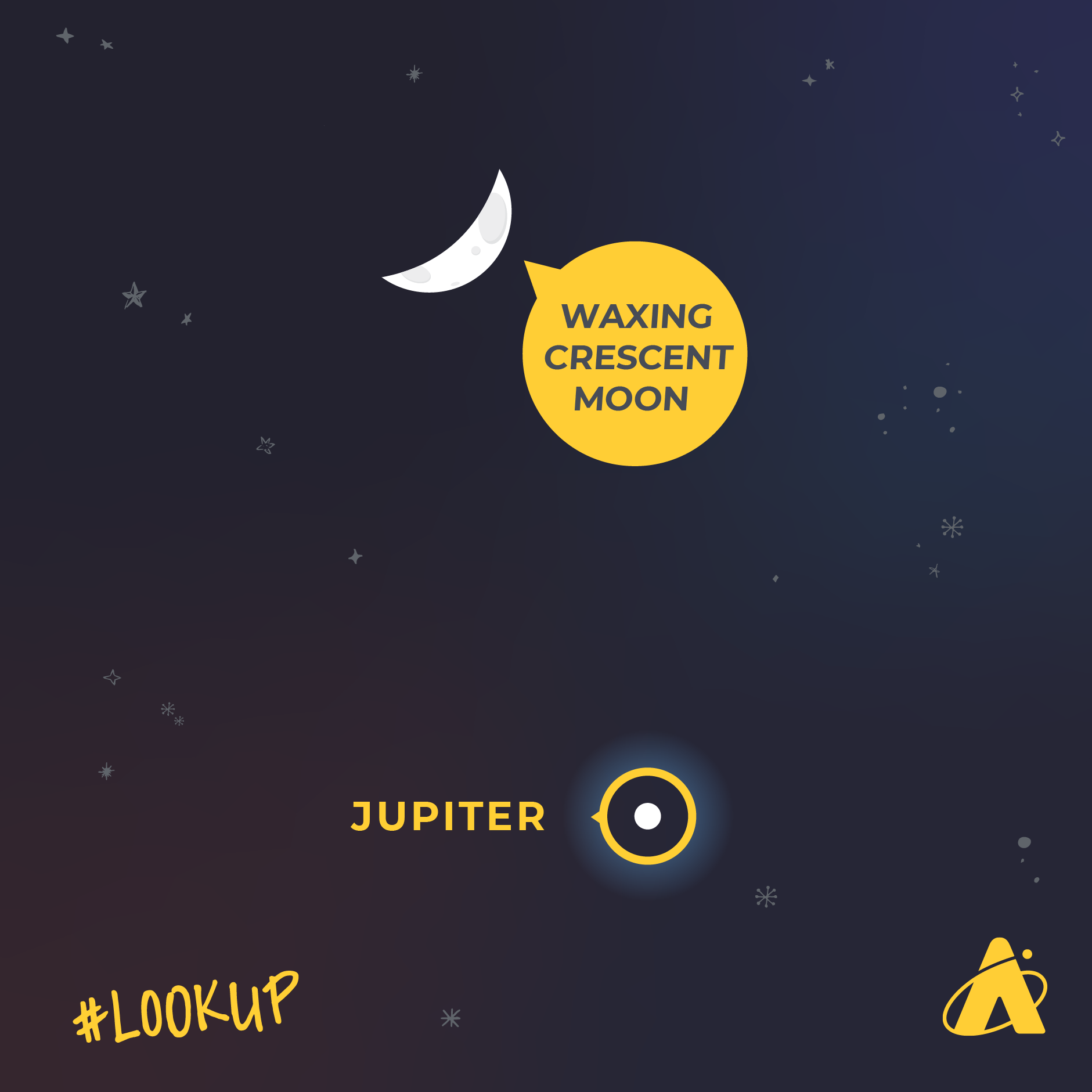
The first 10 days of the month, the planet Saturn shines low in the west-southwest sky about 45 minutes after sunset. The Sun sets later each day in February, and Saturn appears lower in the west-southwest—becoming more difficult to see. On February 10, there’s an extremely slim chance you could see an extremely slim one-day-old waxing crescent Moon, just below Saturn. After February 10, Saturn will appear so close to the setting Sun that it will be increasingly hard to see.
Venus rises in the east-southeast shortly before the Sun in February—so too does the planet Mars! Mars will be dimmer than first magnitude, making it harder to see compared to Venus’s brilliance of nearly -4 magnitude. The two planets are less than half-a-degree apart the mornings of February 21–23. However, the rising Sun’s glare and Mars’s proximity to the horizon might make this conjunction really hard to spot. Conversely, Venus’s brightness allows it to be glimpsed pretty easily low in the east-southeast as dawn lightens the sky.
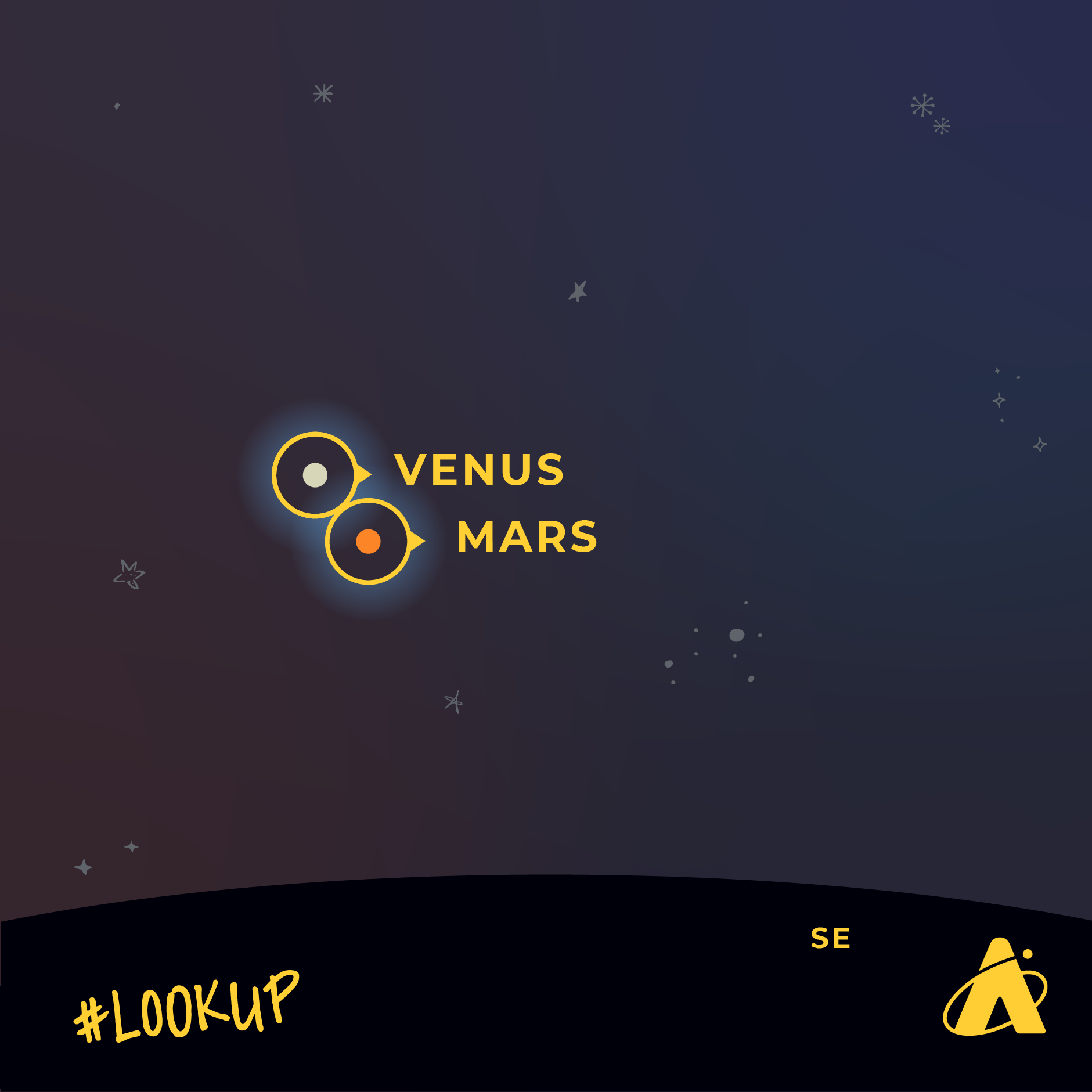
The planet Mercury appears even closer to the Sun this month than Mars and Venus do, and so it won’t be visible to the unaided eye. Later in March 2024, you may get a chance to see the elusive Mercury after sunset, low in the western sky.
If you’re up after midnight the morning of February 1, look for a waning gibbous Moon in the southern skies very close to the first-magnitude star Spica, in the constellation Virgo.
Leap Day

Don’t forget that this year we have an extra day at the end of the month! That’s because it takes about 365.25 days for Earth to orbit the Sun but our calendars have only 365 days. To make up for the extra ¼ day, we add one day—February 29—to years that are divisible by 4 (2024, 2028, and so on), and call it Leap Day—most of the time! Because that extra time also isn’t exactly ¼ of a day, we still need to adjust the calendar a bit more, so we do not add leap days to century years that are not evenly divisible by 400. For example, 2000 was a leap year, but 2100, 2200, and 2300 will not be.
Moon Phases
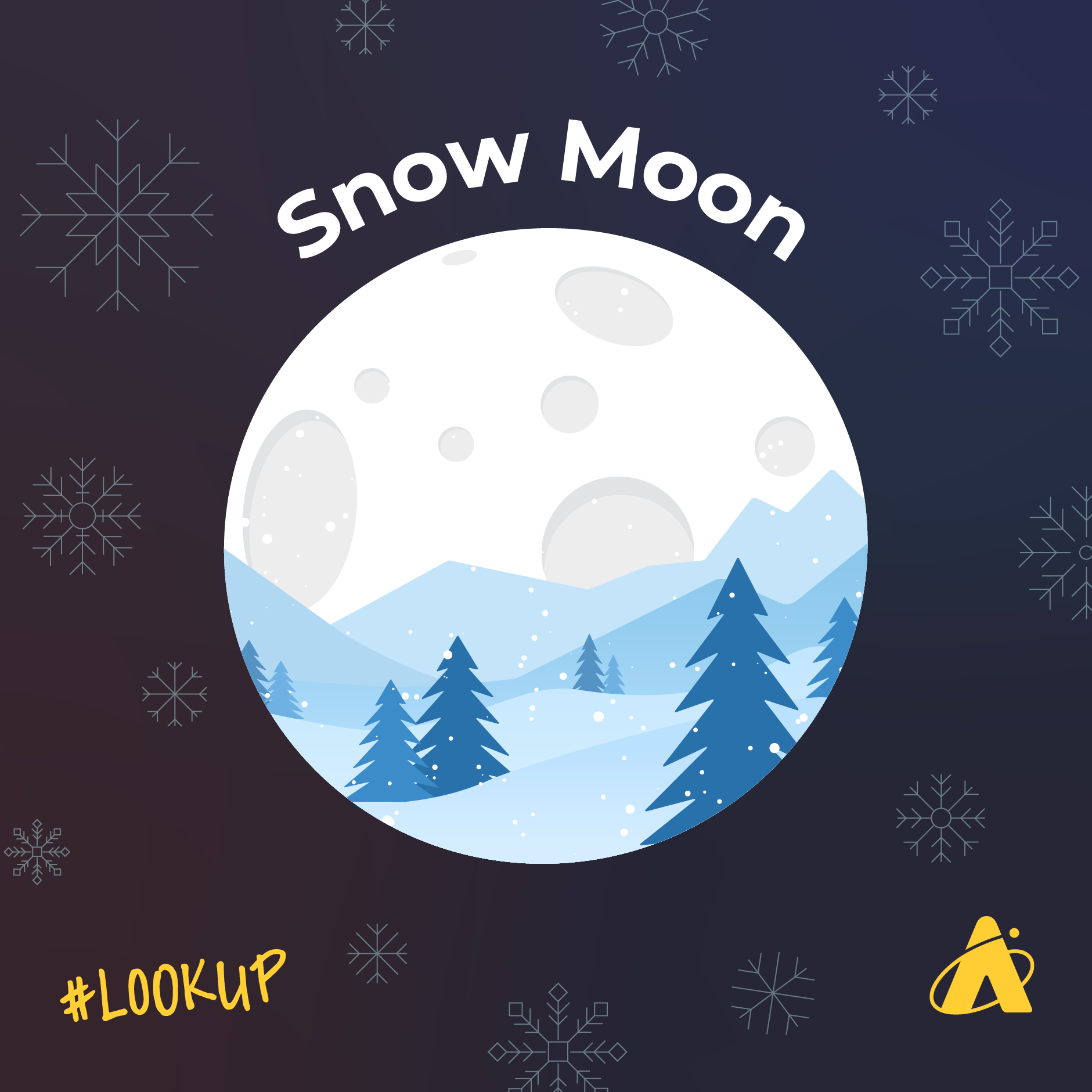
Last Quarter Moon: February 2
New Moon: February 9
First Quarter Moon: February 16
Full Moon: February 24
Please note: these descriptions are for the Chicago area, using Central time.
Subscribe To Skywatch Wednesday This February!
Tour the sky with the Adler Planetarium’s Theaters Manager, Nick, in Skywatch Wednesday. Nick uses cutting edge visualizations, NASA images, and astrophotography to show you what you can see in the night sky throughout the year.
Check out Nick’s latest episode—AKA your ultimate guide to winter stargazing and planet spotting! Nick explains how to use the Winter Circle to find constellations and stars, and takes a closer look at famous constellations—like Orion, Taurus, and Gemini—and the full Moon.
Learn From Our Astronomy Educators!
Watch exclusive live episodes of Sky Observers Hangout this February! Learn how to observe upcoming cosmic happenings, enhance your astrophotography skills, and see celestial objects through a telescope virtually with our astronomy educators.
In our latest episode, Michelle and Hunter guide you through the annular solar eclipse on October 14, 2023, and help you prepare for the next solar eclipse on April 8, 2024.
Keep Up With The Night Sky On Social!
Be sure to follow us on your favorite social media channels—like Instagram, TikTok, Facebook, LinkedIn, and YouTube—to stay up to date with all of the monthly stargazing sights.





